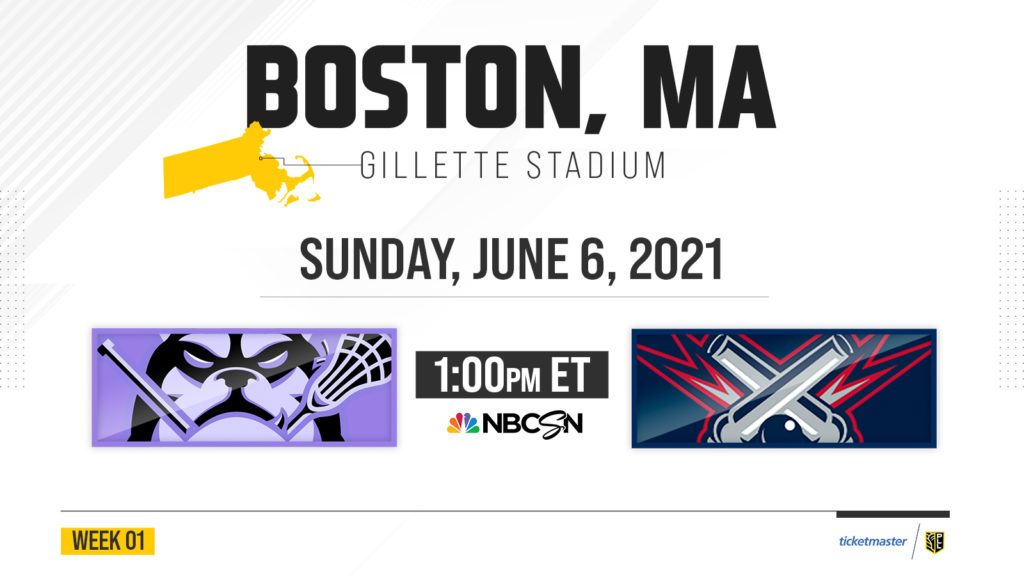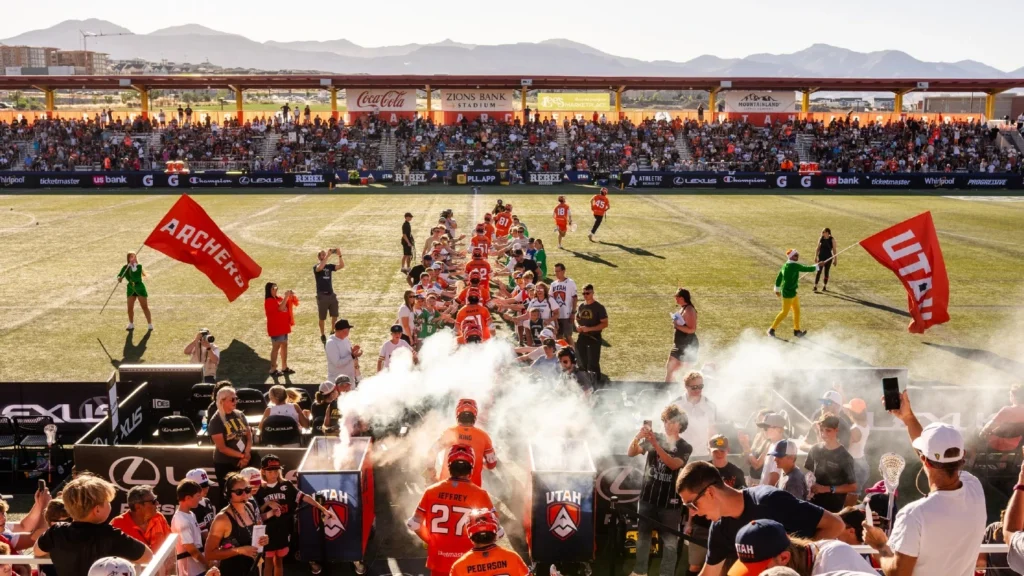
Waterdogs vs. Cannons Preview
By Andrew Crane | Jun 6, 2021
Where to Watch
- Sunday, June 6
- 1:00 p.m. ET
- Live on NBCSN or Peacock
Two days after the Cannons play their first PLL game, they return to Gillette Stadium and face the Waterdogs — last year’s expansion team — at 1 p.m. The Waterdogs went 1-3 in group play during the condensed 2020 season before losing to the Redwoods, 11-8, in the elimination round.
It’s the first-ever meeting between the two teams, and the game will begin the third day of Opening Weekend. The Cannons and Sean Quirk spent the last six months constructing their roster through the various drafts, while Waterdogs head coach Andy Copelan used a variety of acquisitions to patch up holes that sunk them to the bottom half of the league’s standings last year.
“I feel like every team in the league can say that they improved during the offseason,” Copelan said, “and now it's gonna be who gels the fastest and who plays the best.”
Offseason moves
After losing four of five games during the shortened season by a combined seven goals, Copelan made three offseason acquisitions — including two that immediately bolstered his attack and cage. He acquired Ryan Brown from Atlas LC in exchange for the No. 11 pick in the College Draft, and two months later sent its first-round pick in the College Draft and Wes Berg to Chaos for Dillon Ward.
Those transactions and a normal training camp will help the Waterdogs overcome obstacles they faced during their inaugural year with a 22-man roster and no external scrimmages, Copelan said.
“You're thrown right into the deep end there against the Atlas there with no floaties, and it was kinda sink or swim,” Copelan said.
He traded for Brown because of the attackman’s two-handed shooting abilities and tendency to stretch the field, potentially pairing him with former Duke attackman Michael Sowers once the rookie gets acclimated to the offense. Sowers arrived on Tuesday night, as he played for Duke in their national semifinals loss to Maryland on Saturday.
“We really like Michael both in the short-term and long-term,” Copelan said. “I think people will hopefully get to recognize his talent kind of on the national stage here.”
Copelan recalled that back in 2013, when he was the head men’s lacrosse coach at Fairfield University, Ward made 17 saves and helped Bellarmine defeat the Stags for the only time while he played for the Knights. Ever since then, Copelan said, he’s “been a big fan” of Ward’s and followed him throughout his professional career. Throughout the gold medal run with Canada at the 2014 World Lacrosse Championship. Throughout the seven seasons in the MLL and NLL.
And now, throughout the 2020 PLL season as a backup to Blaze Riorden, and eventually onto Copelan’s own roster heading into Opening Weekend.
“We're gonna be a little bit of a new-look Waterdogs,” Copelan said, “but I think certainly improved.”
UVA’s offense in the PLL
As the afternoon hours of Memorial Day stretched into the night, Sean Kirwan got into his car and drove from Hartford, Connecticut to Gillette Stadium — leaving the tailgate following Virginia’s win in the national championship and descending on the PLL’s training camp after a 90-minute drive. Kirwan, the offensive coordinator at UVA, had already started to implement his fast-paced, high-tempo offense through a Zoom call with the Cannons before Championship Weekend began, and now, if everything pieced together right, all that he needed to do was fine-tune some of the spacing and movement on the field.
That scenario, the Cavaliers’ season overlapping with the beginning of training camp, was the best-case for Kirwan and the worst-case for the Cannons, Kirwan said. But he and Cannons head coach Sean Quirk had planned for that, constructing their roster by finding players who resembled the type that UVA’s offense was built around, the ones who could move the ball quick, dodge hard and put pressure on defenses right after crossing the midfield line. Kirwan made little tweaks after the scrimmage against the Whipsnakes, when everything had already started to come together.
“We've seen in this short period of time that we have success when we're dictating the tempo and playing pretty fast, whether it is in transition or 6-v-6,” Kirwan said.
The “quarterback” of the Cannons offense will be Lyle Thomspon at X, Quirk said, headlining an attack unit that also includes Shayne Jackson and Ryan Drenner. Thompson totaled 14 goals and 19 points with the Chesapeake Bayhawks in the shortened MLL season, while Jackson scored nine goals in five games with the Philadelphia Barrage and Drenner spent the previous two seasons with the Waterdogs and Whipsnakes, respectively.
At midfield, the Cannons will primarily run Paul Rabill, Connor Buczek and rookie Stephen Rehfuss, the former Syracuse attackman who, at times during training camp, was inverted back to the area of his natural position. Kirwan said that he wants those six players to focus on getting to the spots on the field where they’re most comfortable — for Thompson that’s at X, for Rehfuss that’s at X and on the lefty wing — and transcending the boundaries set by the various positions.
“We've buttoned up and made some modifications a little bit,” Quirk said. “But I thought against the Whipsnakes in our scrimmage, they were able to create and score goals and the players are unbelievably unselfish.”
Player to watch: Cannons defender Jack Kielty
The rookie defender from Notre Dame, who anchored the Fighting Irish’s defense and was named ACC defensive player of the year, will serve as one of the Cannons’ top defenders right away alongside Brodie Merrill and Holden Garlent. Kielty was the first selection by the Cannons in the PLL College Draft, and was the one that “we wanted to target,” Quick said.
During the 2020 season, he anchored a Notre Dame defense alongside Chaos defender Kyle Thorton and helped them finish third in the country for scoring defense, allowing just 8.92 goals per game.
Stat to know: 53%
The Waterdogs finished the 2020 season with a 53% save percentage, which ranked tied for last in the PLL, respectively. Their 10.6 scores-against-average ranked in the middle of the league, and they allowed the second-fewest goals total, but acquiring Ward, who forces a lot of wide shots with his 6-foot-5 frame and high arc, should help the Waterdogs improve inside the cage — perhaps flipping those one- and two-goal games in the other direction.
The case for the Cannons
The experience that the Cannons have at each position could help counter the inexperience they have in the PLL playing together. Having Thompson at X will open countless windows for their offense, pairing with the balance that Quirk and Kirwan highlighted to create opportunities from different areas, and players, on the field.
The case for the Waterdogs
Attack Kieran McArdle served as a focal point of the Waterdogs offense last year — scoring four, three and five points in their first three group play games — and when paired with Brown and, eventually, a larger role from Sowers, they’ll have numerous weapons to work with at the offensive end. Copelan wants them to play “fast without hurrying,” and part of that will come in the transition game by capitalizing on mistakes the Cannons make.




